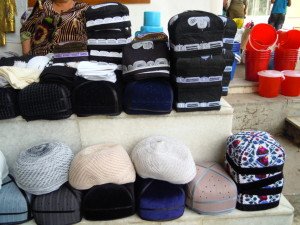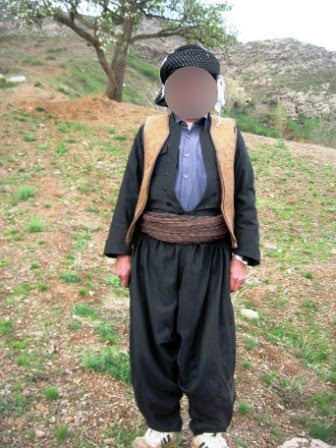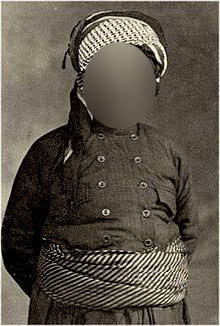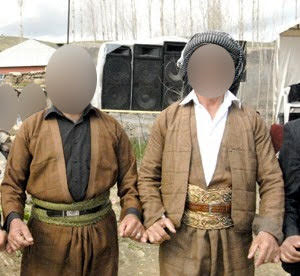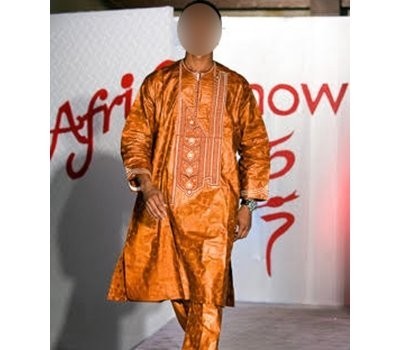Traditional dress of Uzbekistan
Ah ! Uzbekistan ! No doubt this central asian republic invite to the famous silk road. A real intersection, where trade exchanges between western and eastern lands, Uzbekistan is the country we focus on today. Let’s go where landscapes, just as traditional suits, fascinate people.
Uzbekistan : the counrty of embroidery
The country of origin of the very well-know scholar Bukhari, RahimahoLaho, Uzbekistan has always lived under the auspices of great empires. Arabs, Mongols, Persian, Greeks and recently Russian, Uzbekistan is now a mosaic of culture. Its strategic place among countries which control how fabric works, has made Uzbekistan a specialist of embroidery. Its traditional suits, with colors and patterns living in perfect harmony on it, illustrate it.
Uzbek folk suit: people and colors
Uzbekistan is a country where a myriad of peoples living together. Corean, Kazakh, and others with a majority of Turkish. A variety of faces and clothings. At Tashkent, capital city, and Bukhara, clothings are decorated with dyed drawings in green, violet and rasperry. Those of Samarkand are distinguished by large patterns of various colors. Sublime shades of colors and differences depending on the region.
Khalat : the Uzbek coat
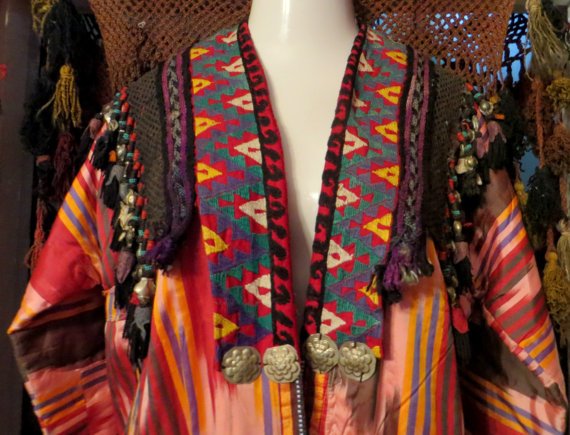
Source : https://www.etsy.com/fr
Whatever the region or the tribe is, the Uzbek folk suit is composed of a coat ( Khalat or Tshpan) a cap or turban and a belt. Just patterns differ.
The Uzbek coat is a folk velvet and quilted coat. Long ago, just men used to have the favour of sewing embroidered with gold thread Tshapans. Today, gold has given way to gold-coloured cotton thread but the suit is still keeping its value. It is worn with a tight belt with bright colors. It is named Turma. Its fabrics are dyed with named Ikat technique which comes from Indonesia. It means to “tie”. It is a method which consists on tiying the fabric where we do not want it to be dyed. So after dying, the threads knotted by hanks stay white. This allows to make contrasts and patterns.
The Uzbek cap
As many peoples there are, caps differs from a region to another. Takia, toki, dopi, toubeteïka, each people calls it differently. A hat proudly worn on top of Uzbek’s head. A long time ago, this cap used to be an indication of people’s ethnic origins, tribe, region and even also village’s one. It used to be very coloured, a real fresco, as it still is today in Samarkand.
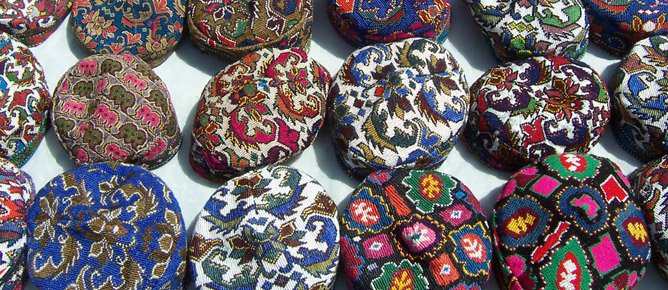
Source : https://www.yumba-voyages.com/
In the other towns, Tashkent and Fergana’s cap is more famous. A black satin or velvet dopy, decorated with embroidered white patterns. Drawings of flowers, animal shapes or fruits are reminders of a rose, a bird or an almond. Everyone is free to imagine whatever he wants as he see it.
Source: https://www.lesvoyagesdemartine.fr/tag/ouzbekistan/
The independence of Uzbekistan has given its wealth based on craftwork back to the country. Ancestral know-how have resurfaced. We hope new generations will perpetuate the loan folk suits of colors and history.
Après rédaction, on m'a fait une remarque concernant l'appellation du fameux manteau khalat. Est-ce vrai que le khallat est un manteau féminin, et le chapan un manteau masculin ?

